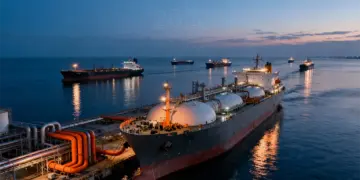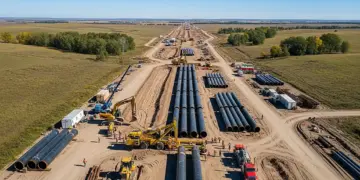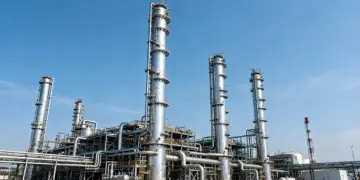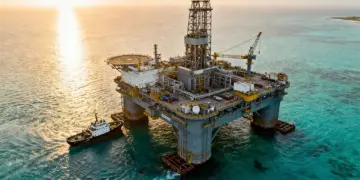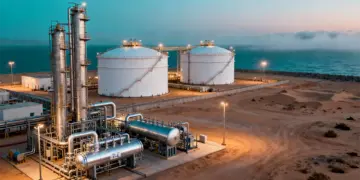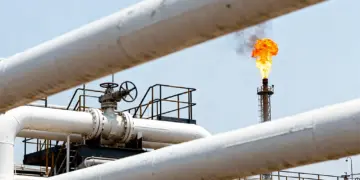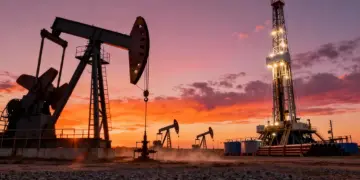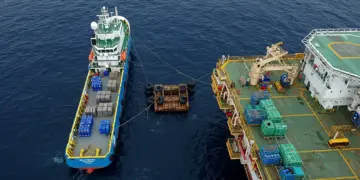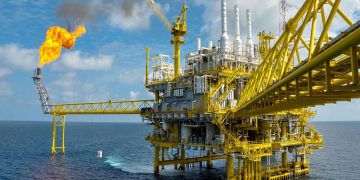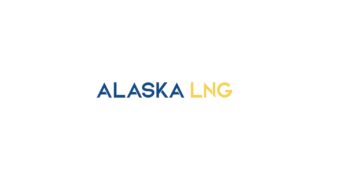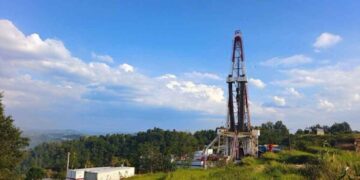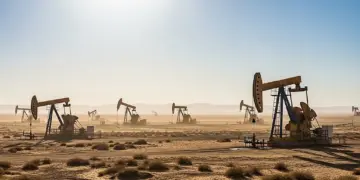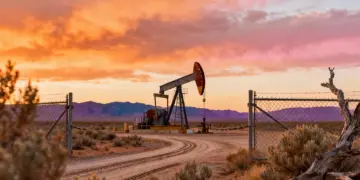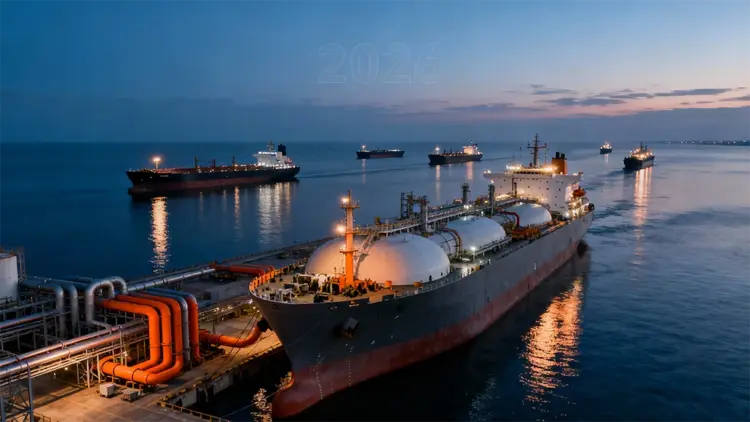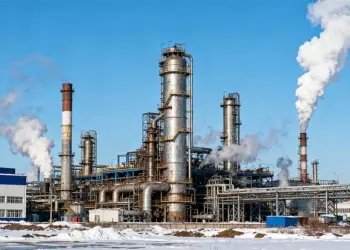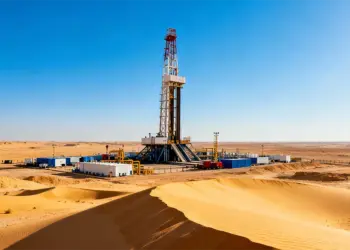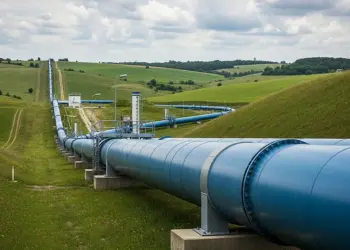The global LNG supply is increasing, and the growth is sure going to accelerate in the next couple of years as major projects across the top exporters, the United States as well as China, come on stream.
It is well to be noted that the supply growth is all set to outpace the global LNG demand growth, therefore leading to an oversupplied market right from the end of 2026 onwards, analysts opine.
The coming excess is going to likely depress the spot LNG prices across Asia, wherein the price-sensitive buyers like South Asian importers such as India, Pakistan as well as Bangladesh could greatly benefit from the price dip and boost in demand.
As for Europe, the anticipated LNG oversupply is going to be a welcome news, as the EU went on to move to ban the Russian gas along with LNG from 2027 and is going to look to buy even higher volumes of super-chilled fuel so as to fill the gap that has been left by the planned halt when it comes to Russian gas imports.
Apparently, as the Global LNG supply excess occurs, the LNG prices would go lower and it is going to be all the better for the EU budgets as well as its energy security. This is when, if the EU happens to significantly scale back the Corporate Sustainability Due Diligence Directive – CSDDD, which goes on to place additional barriers to LNG flows through to Europe, as per the gas producers and traders, the United States as well as Qatar.
Interestingly, if the sustainability directive remains the way it has been, importers of LNG may as well have to divert cargoes away from the EU as of 2027 because of non-compliance with the legislation; that would in turn decrease the gas supply just as Europe would have phased out the Russian gas flows.
At any rate, the global LNG supply is all set to see a jump of 10.2% from 2025 to 475 million metric tons in 2026, as per data from Kpler, which has been cited by Reuters.
The forecasted growth in LNG supply would go on to equal the total yearly demand of South Korea, which is at present the third-largest LNG importer in the world, behind China and Japan.
Most of the supply growth is going to come from the U.S. by 2027, after which the mega expansion of LNG supply capacity of Qatar as well as the newly approved U.S. projects are going to hit the market.
The U.S. is all set to export 14.9 billion cubic feet every day of LNG in 2025, which is up by 25% from 2024, the Energy Information Administration – EIA said in one of its latest Short-Term Energy Ooutlook – STEO recently. Plaquemines LNG, which is based out of Louisiana, has also ramped up its exports more quickly than what the EIA anticipated, therefore leading the administration to raise its forecast when it comes to LNG exports in the ongoing quarter by 3% as compared with the October outlook. The EIA anticipates that the U.S. LNG exports will increase by another 10% in 2026.
Notably, the supply wave of U.S. LNG is going to continue through this decade since the LNG developers are also taking advantage of the market as well as regulatory tailwinds so as to give their nod to investments within new projects.
According to Mike Wirth, who happens to be the CEO of Chevron, while speaking to Bloomberg TV said that there is indeed a period of time when it would appear that one is going to see more supply coming into the market as compared to what the demand is going to be able to absorb. This probably would result in lower spot prices, he added.
The International Energy Agency – IEA has also warned of oversupply across the LNG markets in its yearly World Energy Outlook, which has been recently released.
The fact is that the available global LNG supply is all set to see a surge by 50% by the end of the decade, as per the agency, which also goes on to estimate that almost 50% of the new capacity is going to be being built across the United States and another 20% in Qatar.
The agency went on to further note that the natural gas demand has been revised in the 2025 WEO; however, the question still lingers on where all the new LNG is going to go.
The unmatched momentum in U.S. LNG development goes on to raise the question pertaining to the risk of oversupply that’s prolonged, said the Head of LNG Strategy and Market Development with Wood Mackenzie, Kristy Kramer.
However, the wave of new supply does meet the strong fundamentals across the world, Kramer went on to write in an analysis.
It is well to be noted that as Global LNG supply excess happens, the European demand for LNG is anticipated to see a further rise as the European Union – EU shakes off its reliance on Russia, while the fundamentals when it comes to Asia remain equally robust, added Kramer.
Interestingly, the lower prices are going to elevate the affordability when it comes to LNG and, in a way, would potentially trigger the upcoming phase of demand growth, said Kramer.
It is worth noting that the spot LNG prices are also headed higher when it comes to the near term with the peak demand across the winter throughout the northern hemisphere. Any kind of a material drop when it comes to prices could as well become quite visible in the latter half of 2026 if Europe has not depleted its gas reserves across the winter season and does not actually require some large volumes of LNG in order to fill up for the next winter when Russian LNG is not going to be a supply alternative anymore.


